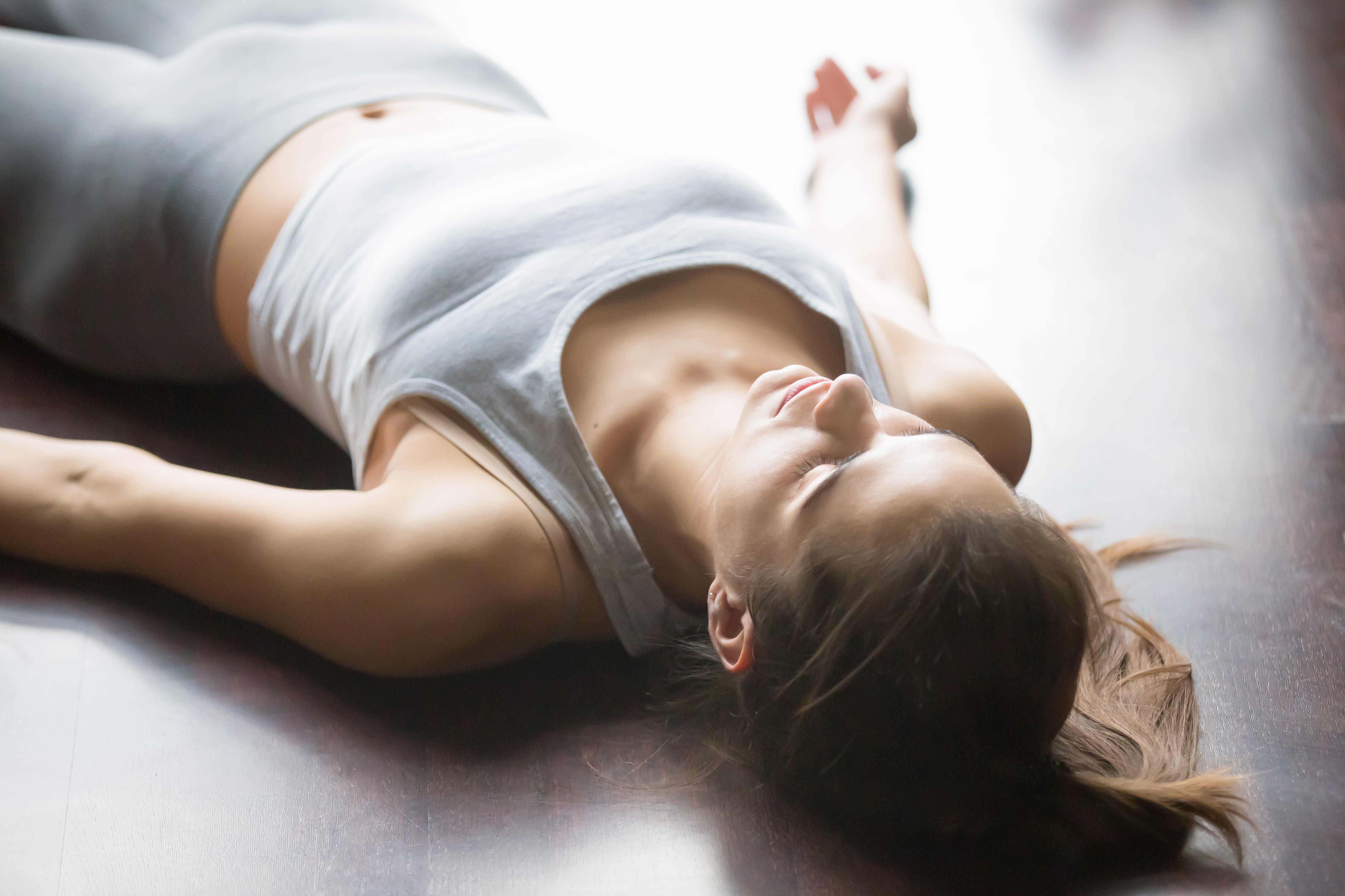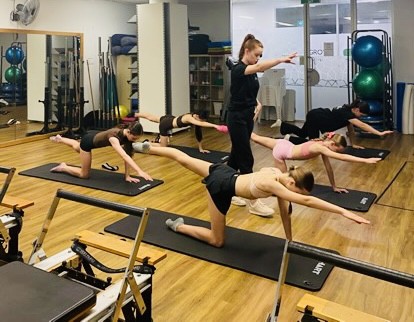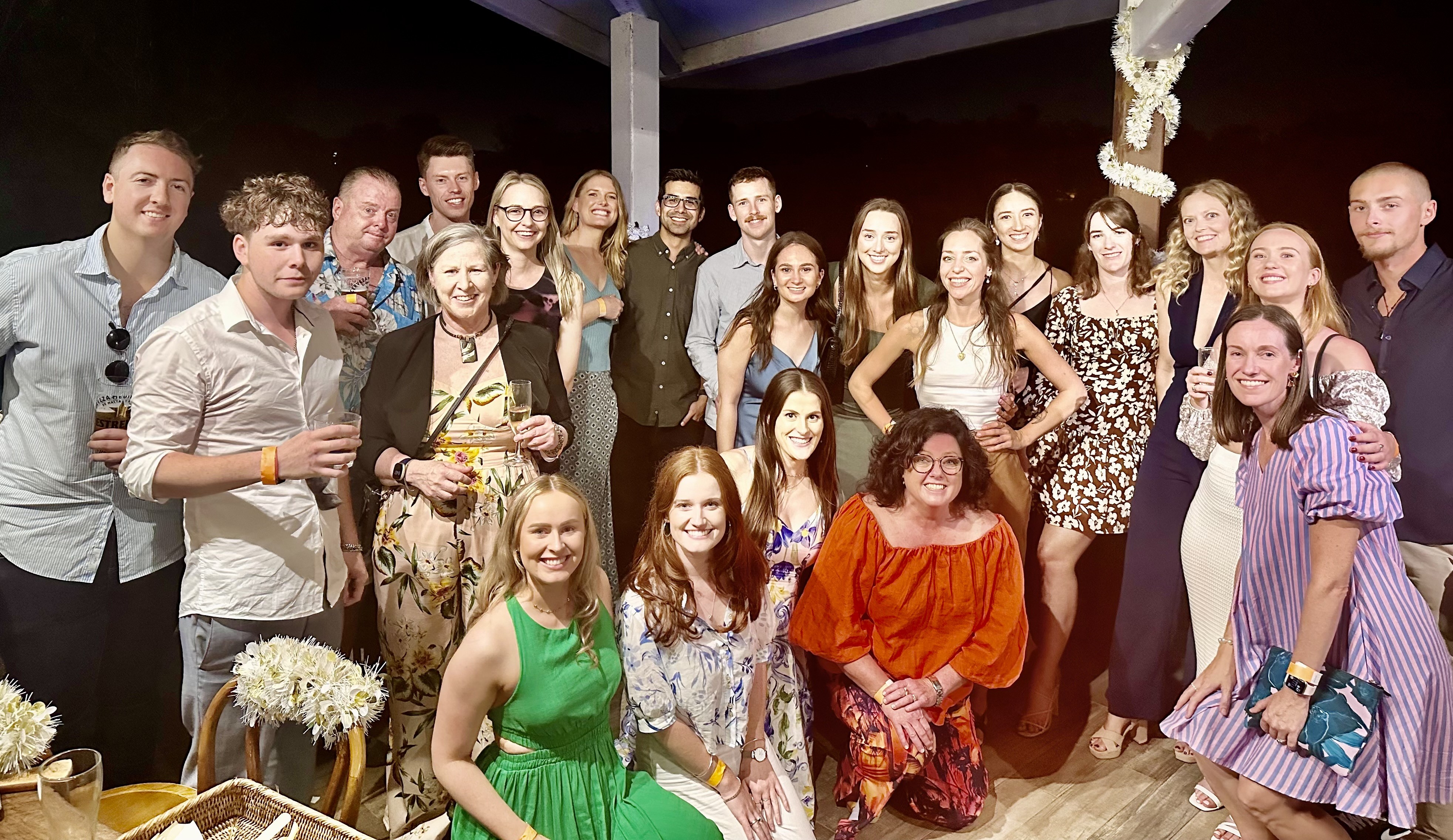Achilles pain stopping you walking or running?
Achilles tendinopathy
Symptoms and types
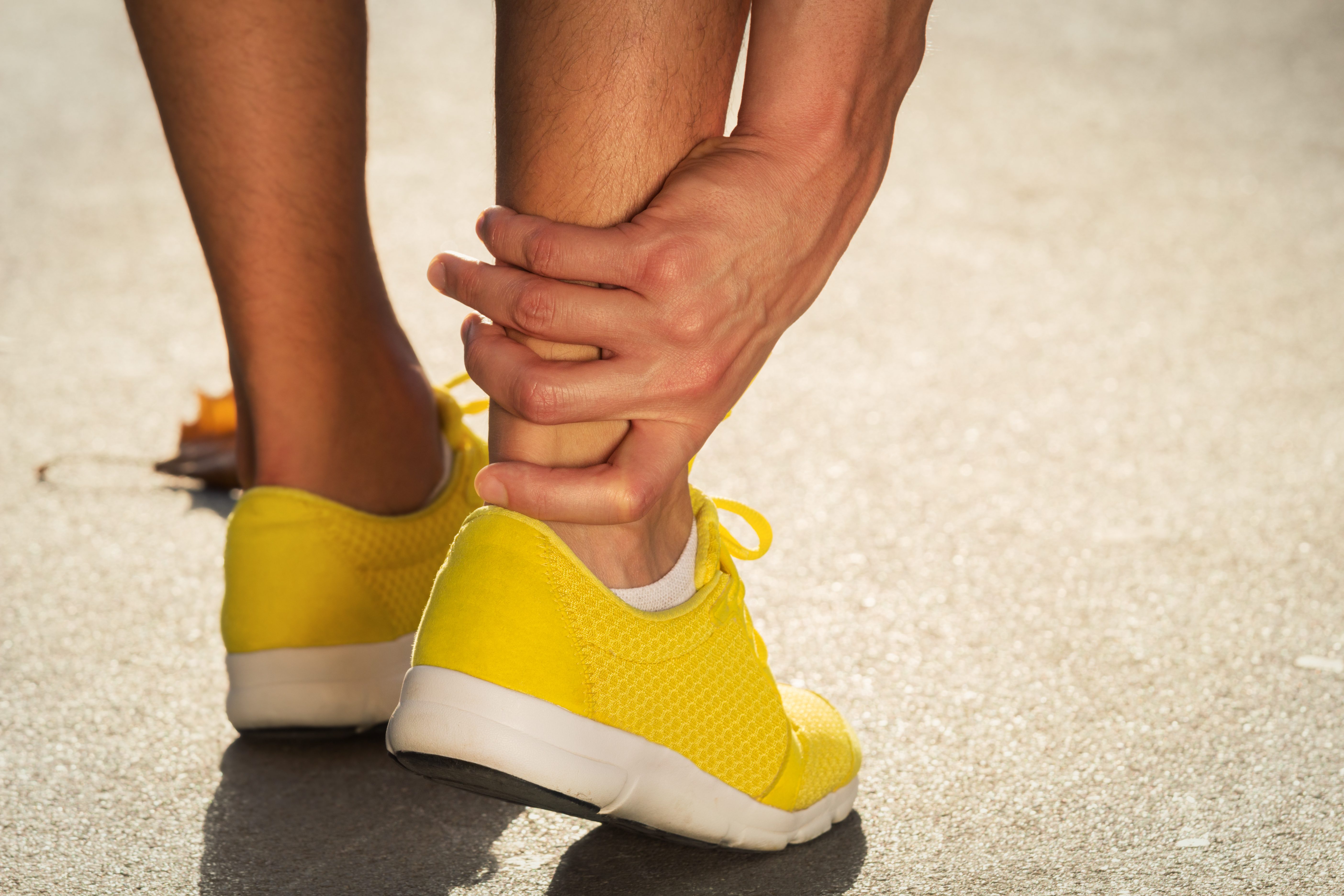
Achilles tendinopathy is a common condition that causes pain at the back of the ankle. Achilles tendon is the biggest and thickest tendon in the human body that can develop a range of similar conditions that are clinically put together in the continuum of A. tendinopathy. Ranging by the severity and the stage of progression, it includes:
- Reactive tendinopathy
- Tendon disrepair
- Degenerative tendon
Tendinopathy is generally an overuse injury that relates to increased tensile load on the tendon that is combined with tendon shear or compressive stress. In certain cases tendinopathy may develop following a de-loading the tendon, e.g. reduction of physical activity with subsequent increase.
Tendon tissue is one of the most complex in the human body and has a capacity of storing and releasing tensile energy acting like a spring. Tenocytes, the cell fibers that form the tendon are arranged in the very regular aligned pattern with very few cross-links and minimal amount of the blood vessels, - all to optimise the elastic properties. With increased loading and the additional forces that compress and/or twist the tendon the body triggers a response on the cellular level that alters the tendon structure.
The first stage – reactive tendinopathy – is a non-inflammatory proliferative process aimed to increase the capacity of the tendon to withstand load. Tenocytes lay more fibers, increase the amount of the protein and cross links and cell matrix becomes disorganised.
Symptoms: tightness and stiffness mostly, pain is rare. When underway, reactive tendinopathy is characterized by the inflammation in response to the continued loading, with swelling, tenderness and reduced range of movement as symptoms.
If the tendon is not offloaded and allowed to repair, this process advances further into chronic low-grade inflammation state which called tendon disprepair. Tendon becomes thick, stiff and irritable, when pain becomes the main complaint. Pain and stiffness are prominent in the morning and at the beginning of activity and disappear after warming up. With the continuation of activity further the pain reappears again.
Advanced far enough into overloading the tendon becomes degenerative with ongoing chronic inflammation and large-scale changes in the tendon matrix structure. Tendon stiffness increases and capacity to withstand tensile load and release elastic energy further decreases. Pain and stiffness present even at rest. Tendon looks and feels much thicker and stiffer.
Causes
Achilles tendinopathy, even though the main factor is tendon overload, is a multi-factorial condition. Other contributing factors usually are:
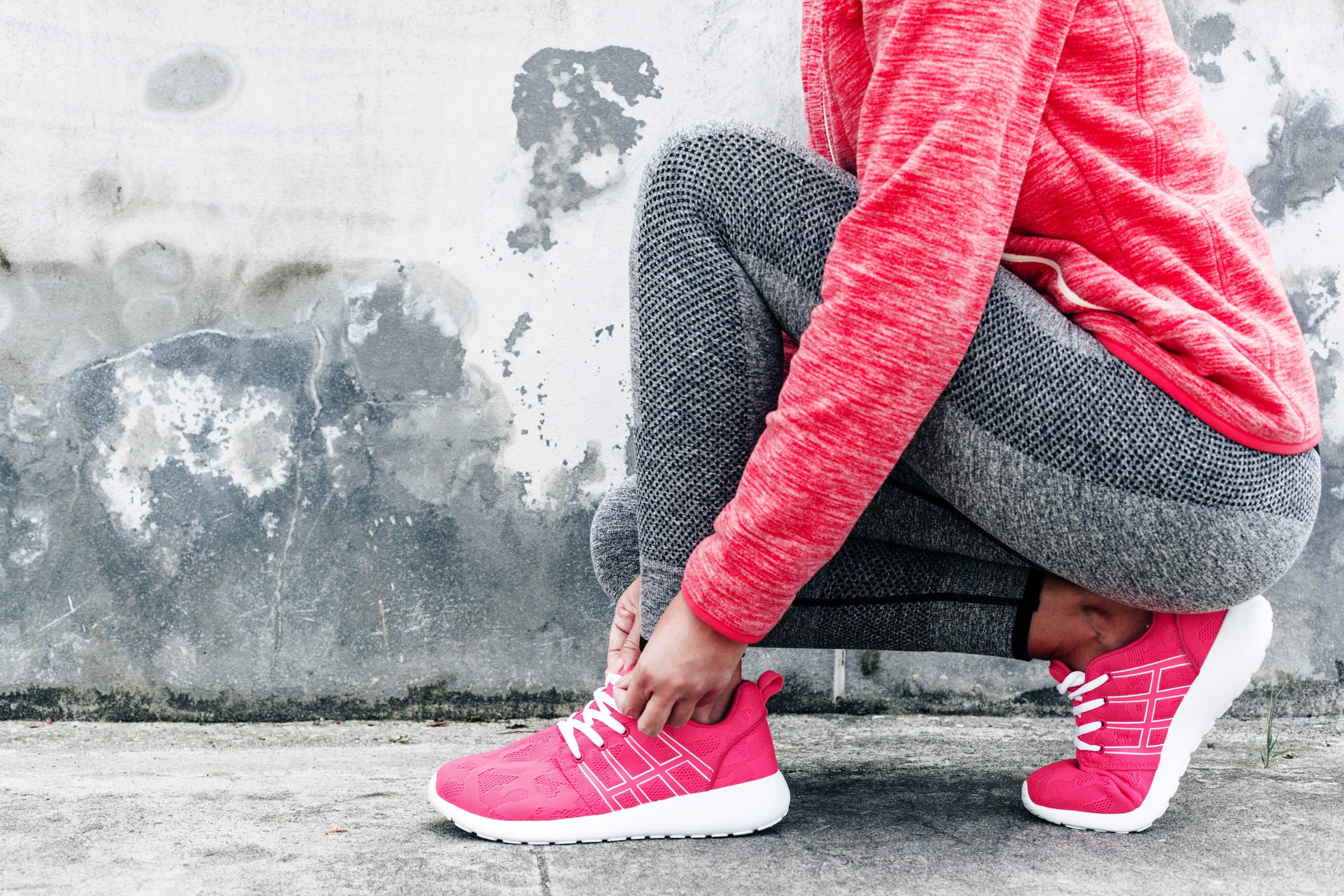
- Strength/tension imbalance between 2 main muscles forming the calf and blending into Achilles tendon – gastrocnemius and soleus. Uneven force production and friction between two muscles create shear stress through the bulk of the tendon.
- Foot biomechanical factors: increased pronation or supination, weakness of the foot arch, anatomical variances in the heel bone angle relative to the ankle.
- Obesity
- Diabetes Type 2
- Hypertension
- Genetic predisposition
- Prolonged steroid use
Treatment
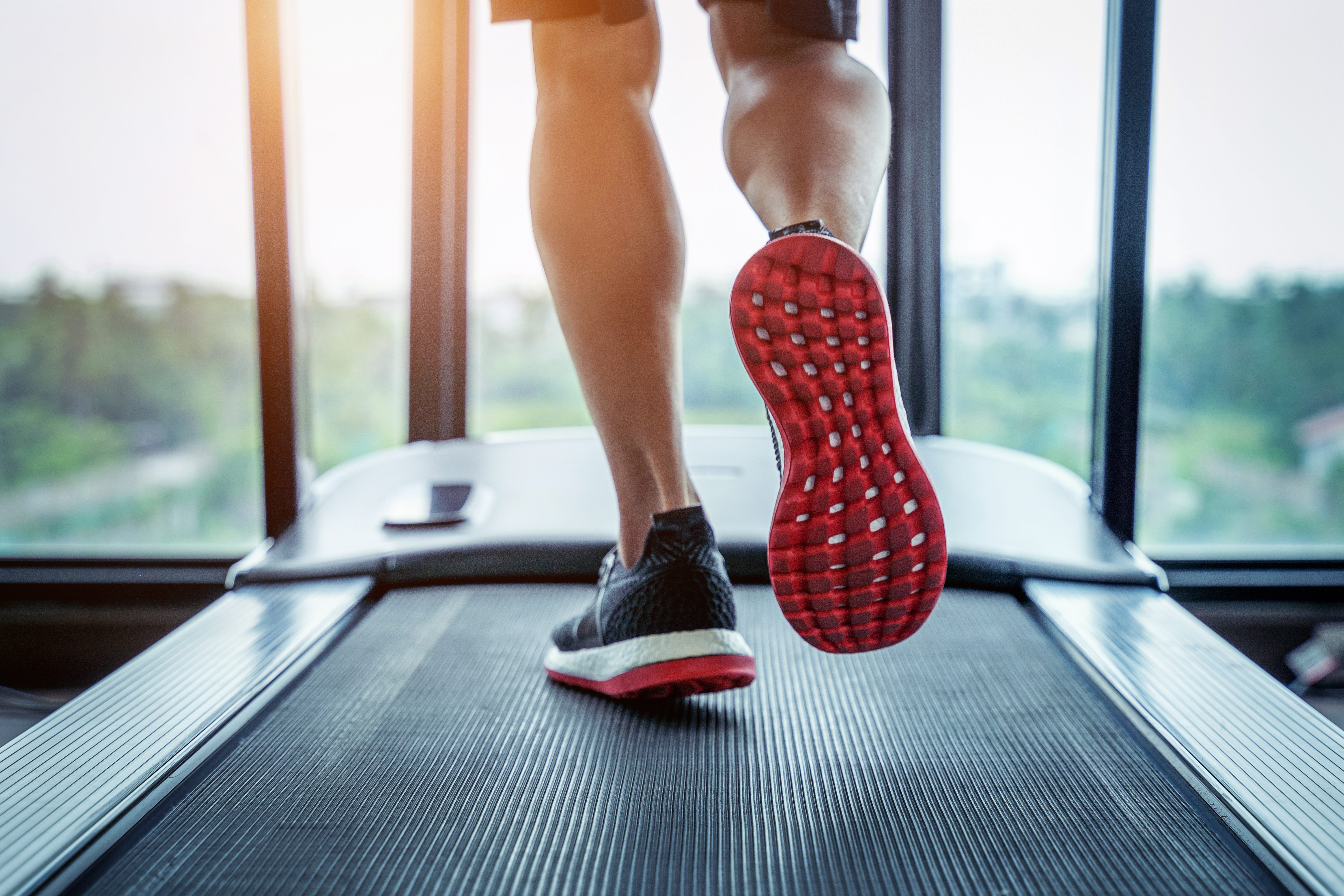 The overload being the primary cause, the treatment always should include load modification. It is necessary to offload the tendon enough to
allow healing and repair to occur, however the loading should be optimal to maintain the muscle strength and avoid tendon atrophy. The
changes to loading often encompass duration, frequency and intensity of the training. Long term, physical loading of the tendon through
exercise is the main course of treatment as the exercise at the right dosage promotes the remodelling of the tendon and the changes in the
tendon structure.
The overload being the primary cause, the treatment always should include load modification. It is necessary to offload the tendon enough to
allow healing and repair to occur, however the loading should be optimal to maintain the muscle strength and avoid tendon atrophy. The
changes to loading often encompass duration, frequency and intensity of the training. Long term, physical loading of the tendon through
exercise is the main course of treatment as the exercise at the right dosage promotes the remodelling of the tendon and the changes in the
tendon structure.
Inflammation control strategies that range from cold application to steroid injections into tendon are also high on the list.
Physiotherapy treatment is comprehensive and encompasses all the contributing factors whenever possible: optimal loading, reducing inflammation, targeted tendon loading through specific exercise, correction of biomechanical factors around the foot/knee/hip that lead to increased tendon shear. With the correct physiotherapy management, the first 2 stages (reactive tendinopathy and tendon disrepair) are reversible. The degenerative tendon, even though the changes to tendon structure are permanent, can be much improved and physical capacity and strength of the affected limb are likely to be restored to good functional level.
.svg)
.jpg)
